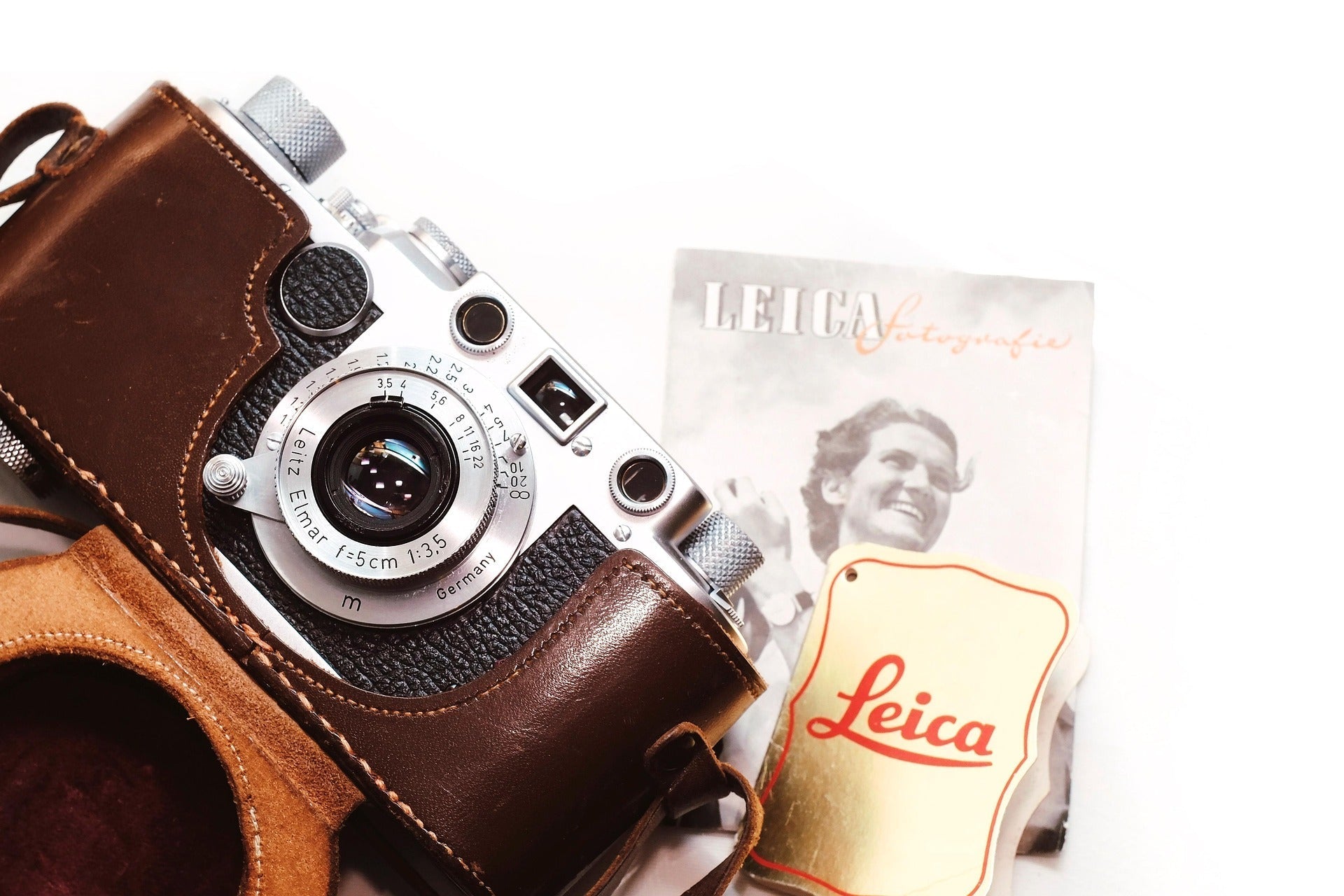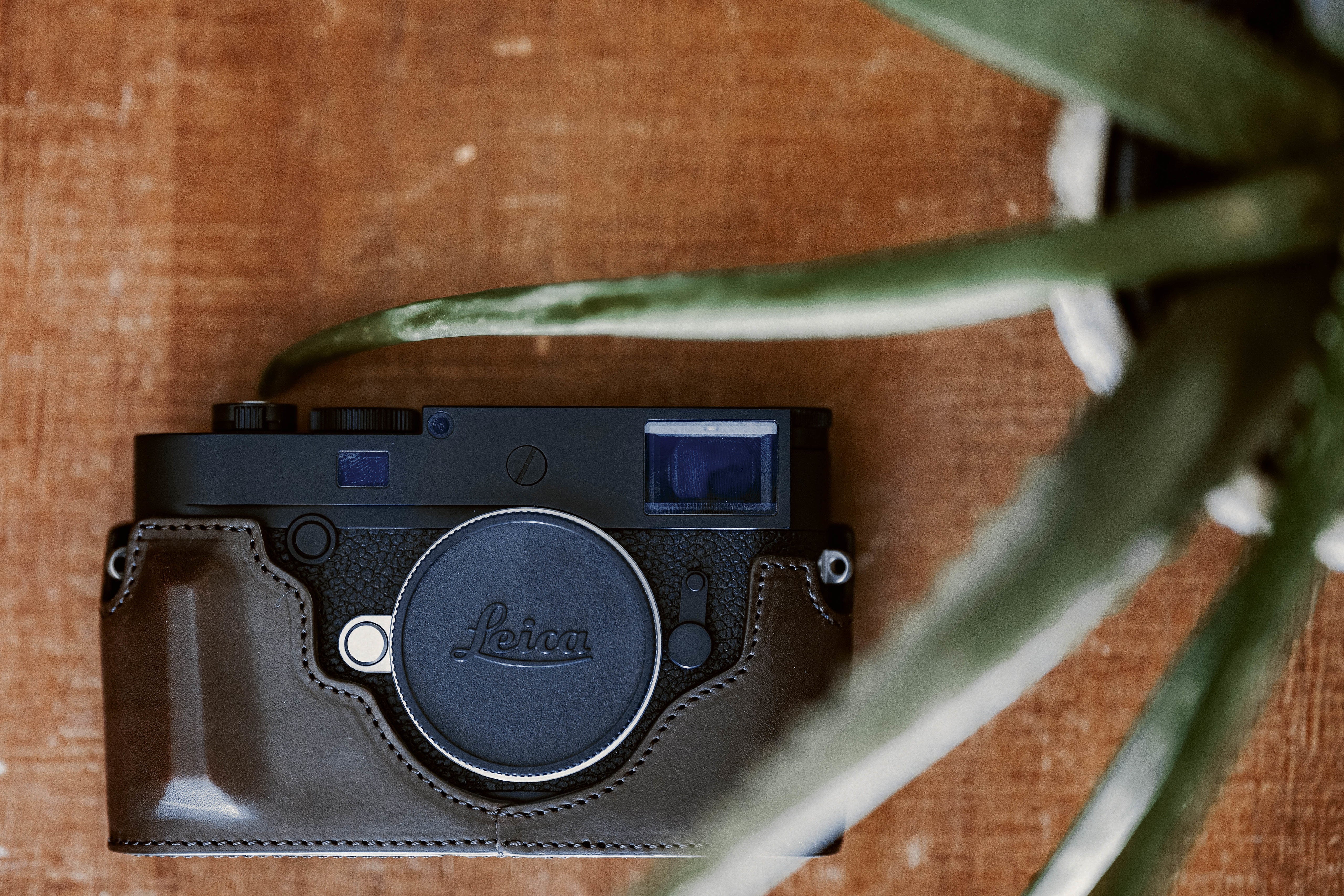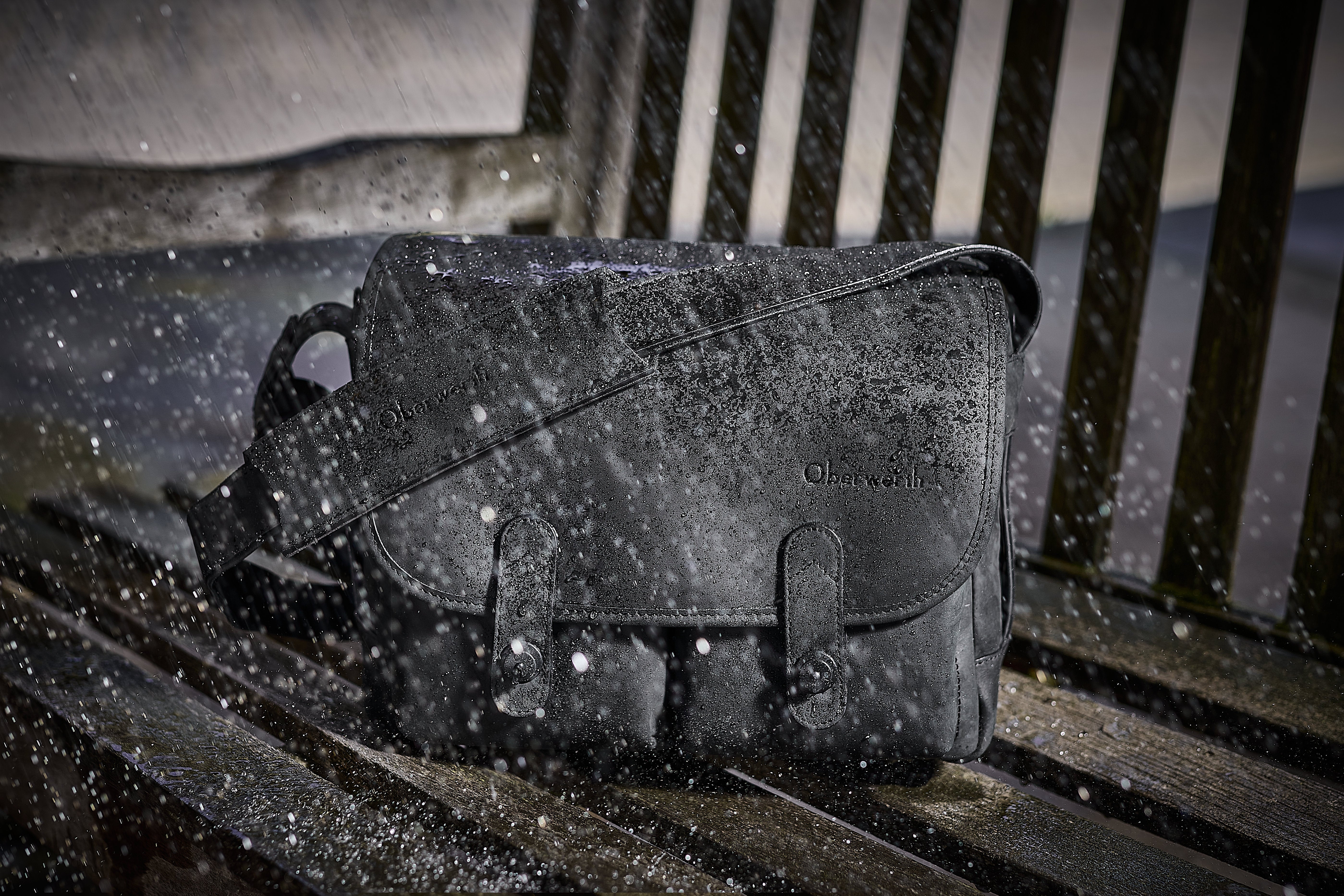
The importance of Leica in historical documentary photography
The Leica camera had a lasting impact on the world of photography and changed documentary photography at an early stage. Its compact design and technological innovations were responsible for this. These enabled photographers to capture historical moments in a way that was previously unthinkable.
What exactly is documentary photography?
Documentary photography is a niche of photography dedicated to the authentic and objective representation of reality. Its main aim is to capture events, social conditions or historical moments without staging or falsifying them. It should be a snapshot of real life.
In contrast to artistic photography, it is not about aesthetic compositions, but about the visual honesty of a scene. This does not mean that documentary photography cannot also be perceived as artistic. On the contrary, Leica cameras have produced images that are deeply moving: For example, the famous picture of the aftermath of a napalm attack during the Vietnam War was taken with a corresponding device.
Documentary photography therefore found its own foundation early on. As early as the 1930s, it was established as an independent photographic genre in the USA - for example through the work of the Farm Security Administration, which was able to capture the effects of the Great Depression. Leica played a central role in this, as the camera enabled photographers to take spontaneous and unposed shots at close range. It all began about five years earlier in the center of Germany.

The birth of a photographic revolution
In 1925, the Leitz company presented the first Leica camera at the Leipzig Spring Fair. This 35 mm camera in 24×36 mm format was groundbreaking. Photographers were suddenly able to take high-quality pictures with a handy camera. They were no longer dependent on bulky equipment and could therefore work more spontaneously and flexibly. This innovation laid the foundation for modern 35 mm photography and opened up new perspectives in image composition. For documentary photography in particular, this meant Places that were previously inaccessible due to the limitations of heavy equipment could suddenly be visited. Then as now, protecting your equipment is essential - especially if you don't know exactly how challenging the location will be. Robust camera bags or backpacks ensure that your equipment is safely stowed away and always ready for use.
Leica in documentary photography
The Leica camera quickly became the preferred tool of many documentary photographers. Its mobility and reliability made it possible to capture contemporary events "authentically and directly", as the company itself described it in a 100-year retrospective. Photographers such as Henri Cartier-Bresson used the Leica for the "decisive moment" - those fleeting moments that depict a story in a single image. The way he captured historical perspectives with a Leica set the trend that documentary photography still follows today.
Leica and iconic photo reportages
Some of the most famous photo reportages of the 20th century were created with the Leica as a reportage camera. Robert Capa's photographs of the Allied landings in Normandy in 1944 or Alfred Eisenstaedt's famous picture of the cheering sailors on V-J Day ("Victory over Japan Day") in New York are impressive examples of this. These images are deeply engraved in the collective memory. Leica documentary photography is responsible for the way in which certain events in history immediately come to mind, even if only the name of the occasion is mentioned.

Leica as a contemporary witness camera
The Leica's ability to work precisely and discreetly earned it the nickname "eyewitness camera". Photographers were able to work unobtrusively - in moments that would not bear repeating. The compact design, paired with first-class optics, made it possible to get close to the action without attracting attention. Well-designed camera bags, protective half cases or simple hand straps are a silent but crucial companion, especially on such assignments - they enable discreet, fast action when the moment counts. Those who rely on discreet functionality on the move remain agile at the right moment - in the spirit of documentary photography. To mark the 100th anniversary of Leica, there is also a special edition of classic half cases - a tribute to design and craftsmanship
Leica in war photography
The Leica proved its strengths in war photography in particular. During the Spanish Civil War, the Second World War and numerous subsequent conflicts, photojournalists relied on the compact camera. It was intended to capture the reality of war. Historical photo documentation with a Leica enabled photographers to be right in the middle of the action, without attracting attention and without losing valuable seconds. The aforementioned picture from the Vietnam War shows that it was possible to capture the violence with a hitherto unknown intensity. It was pictures like these that gave the peace movement of the time a boost.
Leica in street photography and social documentation
The Leica played a decisive role not only in war photography, but also in street photography. Photographers such as Garry Winogrand and Vivian Maier used the camera to capture life on the streets of New York and other metropolises in all its facets. Leica enabled the experts to photograph people in their natural environment - often without them realizing it. This resulted in authentic snapshots of everyday life that impressively reflect social and cultural developments. Especially for such spontaneous, unposed scenes, it is important to always have the camera to hand - preferably safely and conveniently stowed away in a compact bag or a light, inconspicuous rucksack. That way, you are always ready when the decisive moment arrives.
The Leica has also proven its worth in documenting social grievances. Jacob Riis and Dorothea Lange used even larger cameras, but in the 1950s and 1960s Leica helped photographers to make social inequalities and injustices visible. Their images of poor neighborhoods, factories and rural regions sharpened the perception of social problems. In some cases, the images even triggered political debates.
The influence of technological developments
Over the decades, Leica has continuously introduced innovations that have improved documentary photography. For example: The introduction of interchangeable lenses, improved viewfinder systems and later digital technologies allowed for much more flexible work. Despite these advances, the core of the Leica philosophy has always remained the same: Authenticity! Or, in the words of the company on its 100th anniversary: "the unique documentation and preservation of world events."
The Leica M series in particular, with its manual focus and classic design, still appeals today to photographers who want to concentrate on the essentials - the unadulterated telling of stories through pictures. In keeping with this claim, there are bags specially developed for the Leica M series - high-quality workmanship, well thought-out design and ideally matched to the shape and size of the camera.

Leica today: tradition as the basis for modernity
Even in the digital era, Leica remains synonymous with quality and precision in photography. The company's cameras combine traditional values with state-of-the-art technology and appeal to both professional photographers and enthusiasts. The Leica SL series, for example, combines state-of-the-art sensors with Leica's legendary optics, while the aforementioned M series is still designed for purists and lovers of classic photography. There are specially developed bag solutions for both systems, such as the beautifully designed SL Bag or the elegant M Bag, which not only reliably protect the camera and lens, but also stylishly underline the demand for aesthetics and functionality - both on the move and in everyday life.
Conclusion: Leica has given history pictures
All in all, the Leica camera has had a decisive influence on documentary photography and made it possible for generations of photographers to capture stories in pictures. Its ability to capture authentic and candid moments has made it an indispensable tool for visual historiography.
Even after more than a century, Leica remains a symbol for anyone who wants to document the world through a lens. Whether in war, street or reportage photography, Leica has helped to change our view of the world forever. The cameras have given history (and therefore us) images!











